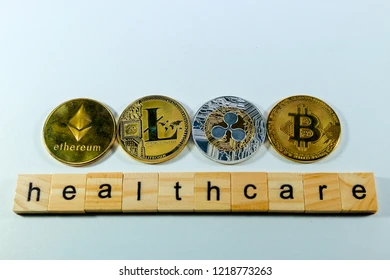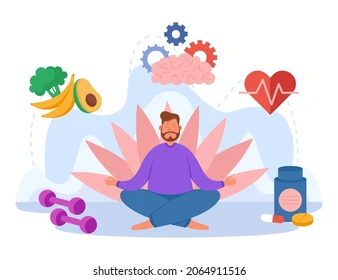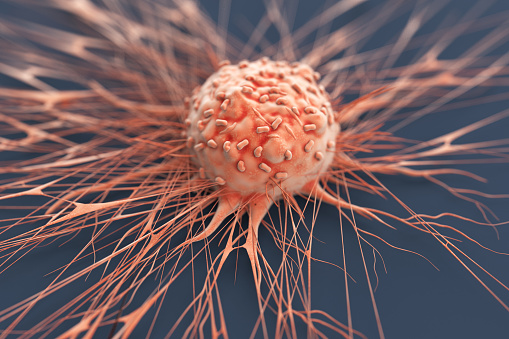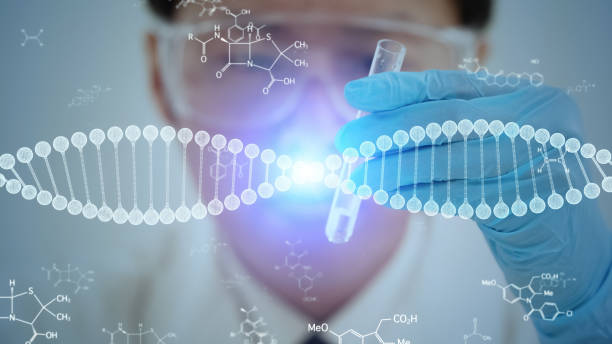Building healthy bones is extremely important. Calcium Rich Food for Bones That Makes Bones Strong.
Minerals are incorporated into your bones during childhood, adolescence and early adulthood. Once you reach 30 years of age, you have achieved peak bone mass.
If not enough bone mass is created during this time or bone loss occurs later in life, you have an increased risk of developing fragile bones that break easily.
Fortunately, many nutrition and lifestyle habits can help you build strong bones and maintain them as you age.
Here are some Tips for Strong Bones and Calcium Rich Food for Bones
1. Consume Enough Protein
Getting enough protein is important for healthy bones. In fact, about 50% of bone is made of protein.
Researchers have reported that low protein intake decreases calcium absorption and may also affect rates of bone formation and breakdown.
However, concerns have also been raised that high-protein diets leach calcium from bones in order to counteract increased acidity in the blood.
Nevertheless, studies have found that this doesn’t occur in people who consume up to 100 grams of protein daily, as long as this is balanced with plenty of plant foods and adequate calcium intake.
In fact, research suggests that older women, in particular, appear to have better bone density when they consume higher amounts of protein.
In a large, six-year observational study of over 144,000 postmenopausal women, higher protein intake was linked to a lower risk of forearm fractures and significantly higher bone density in the hip, spine and total body.
What’s more, diets containing a greater percentage of calories from protein may help preserve bone mass during weight loss.
In a one-year study, women who consumed 86 grams of protein daily on a calorie-restricted diet lost less bone mass from their arm, spine, hip and leg areas than women who consumed 60 grams of protein per day.
2. Perform Strength Training & Weight Bearing Exercises
Engaging in specific types of exercise can help you build and maintain strong bones.
One of the best types of activity for bone health is weight-bearing or high-impact exercise, which promotes the formation of new bone.
Studies in children, including those with type 1 diabetes, have found that this type of activity increases the amount of bone created during the years of peak bone growth.
In addition, it can be extremely beneficial for preventing bone loss in older adults.
Studies in older men and women who performed weight-bearing exercise showed increases in bone mineral density, bone strength and bone size, as well as reductions in markers of bone turnover and inflammation.
However, one study found little improvement in bone density among older men who performed the highest level of weight-bearing exercise over nine months.
Strength-training exercise is not only beneficial for increasing muscle mass. It may also help protect against bone loss in younger and older women, including those with osteoporosis, osteopenia or breast cancer.
One study in men with low bone mass found that although both resistance training and weight-bearing exercise increased bone density in several areas of the body, only resistance training had this effect in the hip.
3. Avoid Very Low Calorie Diets
Dropping calories too low is never a good idea.
In addition to slowing down your metabolism, creating rebound hunger and causing muscle mass loss, it can also be harmful to bone health.
Studies have shown that diets providing fewer than 1,000 calories per day can lead to lower bone density in normal-weight, overweight or obese individuals.
In one study, obese women who consumed 925 calories per day for four months experienced a significant loss of bone density from their hip and upper thigh region, regardless of whether they performed resistance training.
To build and maintain strong bones, follow a well-balanced diet that provides at least 1,200 calories per day. It should include plenty of protein and foods rich in vitamins and minerals that support bone health.
4. Include Foods High in Magnesium and Zinc
Calcium isn’t the only mineral that’s important for bone health. Several others also play a role, including magnesium and zinc.
Magnesium plays a key role in converting vitamin D into the active form that promotes calcium absorption.
An observational study of over 73,000 women found that those who consumed 400 mg of magnesium per day tended to have 2–3% higher bone density than women who consumed half this amount daily.
Although magnesium is found in small amounts in most foods, there are only a few excellent food sources. Supplementing with magnesium glycinate, citrate or carbonate may be beneficial.
Zinc is a trace mineral needed in very small amounts. It helps make up the mineral portion of your bones.
In addition, zinc promotes the formation of bone-building cells and prevents the excessive breakdown of bone.
Studies have shown that zinc supplements support bone growth in children and the maintenance of bone density in older adults.
Good sources of zinc include beef, shrimp, spinach, flaxseeds, oysters and pumpkin seeds.
5. Eat Lots of Vegetables
Vegetables are great for your bones.
They’re one of the best sources of vitamin C, which stimulates the production of bone-forming cells. In addition, some studies suggest that vitamin C’s antioxidant effects may protect bone cells from damage.
Vegetables also seem to increase bone mineral density, also known as bone density.
Bone density is a measurement of the amount of calcium and other minerals found in your bones. Both osteopenia (low bone mass) and osteoporosis (brittle bones) are conditions characterized by low bone density.
A high intake of green and yellow vegetables has been linked to increased bone mineralization during childhood and the maintenance of bone mass in young adults.
Eating lots of vegetables has also been found to benefit older women.
A study in women over 50 found those who consumed onions most frequently had a 20% lower risk of osteoporosis, compared to women who rarely ate them.
One major risk factor for osteoporosis in older adults is increased bone turnover, or the process of breaking down and forming new bone.
In a three-month study, women who consumed more than nine servings of broccoli, cabbage, parsley or other plants high in bone-protective antioxidants had a decrease in bone turnover.
6. Eat High Calcium Foods
Calcium is the most important mineral for bone health, and it’s the main mineral found in your bones.
Because old bone cells are constantly broken down and replaced by new ones, it’s important to consume calcium daily to protect bone structure and strength.
The RDI for calcium is 1,000 mg per day for most people, although teens need 1,300 mg and older women require 1,200 mg.
However, the amount of calcium your body actually absorbs can vary greatly.
Interestingly, if you eat a meal containing more than 500 mg of calcium, your body will absorb much less of it than if you consume a lower amount.
Therefore, it’s best to spread your calcium intake throughout the day by including one high-calcium food from this list at each meal.
It’s also best to get calcium from foods rather than supplements.
7. Consume High Omega 3 Fats
Omega-3 fatty acids are well known for their anti-inflammatory effects.
They’ve also been shown to help protect against bone loss during the aging process.
In addition to including omega-3 fats in your diet, it’s also important to make sure your balance of omega-6 to omega-3 fats isn’t too high.
In one large study of over 1,500 adults aged 45–90, those who consumed a higher ratio of omega-6 to omega-3 fatty acids tended to have lower bone density than people with a lower ratio of the two fats.
Generally speaking, it’s best to aim for an omega-6 to omega-3 ratio of 4:1 or lower.
In addition, although most studies have looked at the benefits of long-chain omega-3 fats found in fatty fish, one controlled study found that omega-3 plant sources helped decrease bone breakdown and increase bone formation.
Plant sources of omega-3 fats include chia seeds, flaxseeds and walnuts.
8. Get Plenty of Vitamin D and Vitamin K
Vitamin D and vitamin K are extremely important for building strong bones.
Vitamin D plays several roles in bone health, including helping your body absorb calcium. Achieving a blood level of at least 30 ng/ml (75 nmol/l) is recommended for protecting against osteopenia, osteoporosis and other bone diseases.
Indeed, studies have shown that children and adults with low vitamin D levels tend to have lower bone density and are more at risk for bone loss than people who get enough.
Unfortunately, vitamin D deficiency is very common, affecting about one billion people worldwide.
You may be able to get enough vitamin D through sun exposure and food sources such as fatty fish, liver and cheese. However, many people need to supplement with up to 2,000 IU of vitamin D daily to maintain optimal levels.
Vitamin K2 supports bone health by modifying osteocalcin, a protein involved in bone formation. This modification enables osteocalcin to bind to minerals in bones and helps prevent the loss of calcium from bones.
The two most common forms of vitamin K2 are MK-4 and MK-7. MK-4 exists in small amounts in liver, eggs and meat. Fermented foods like cheese, sauerkraut and a soybean product called natto contain MK-7.
A small study in healthy young women found that MK-7 supplements raised vitamin K2 blood levels more than MK-4.
Nevertheless, other studies have shown that supplementing with either form of vitamin K2 supports osteocalcin modification and increases bone density in children and postmenopausal women.
In a study of women 50–65 years of age, those who took MK-4 maintained bone density, whereas the group that received a placebo showed a significant decrease in bone density after 12 months.
However, another 12-month study found no significant difference in bone loss between women whose diets were supplemented with natto and those who did not take natto.






